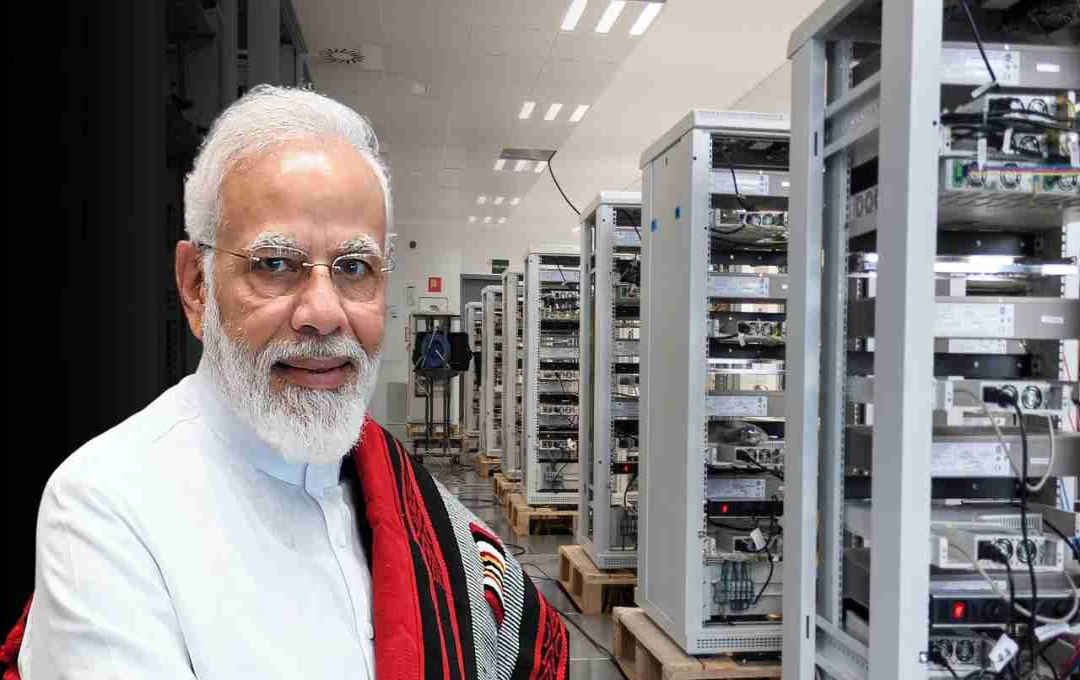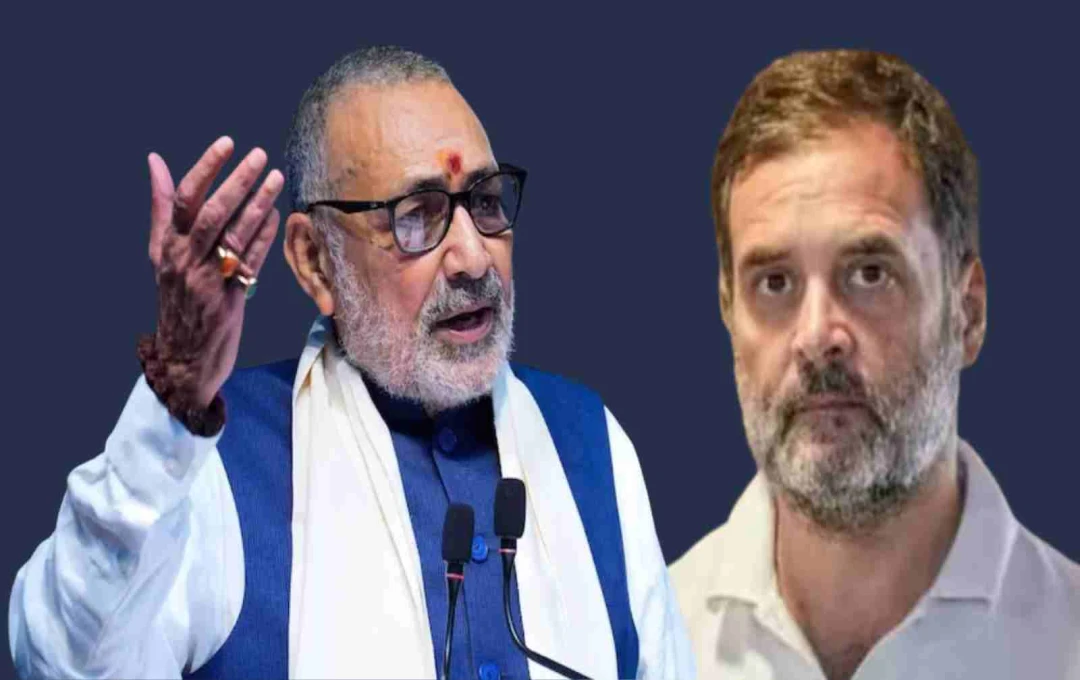India has emerged as the world's most affordable hub for data center establishment. The cost here is merely $7 per watt, significantly lower than in the US, Japan, and the UK. Low costs, state government concessions, and strict data localization laws are attracting foreign companies. Currently, only 3% of data centers are in India, but rapid growth is anticipated.
Worlds cheapest data center hub: India is now emerging as the world's cheapest data center hub, where it costs only $7 to build a one-watt data center. According to a Kotak Mutual Fund report, this cost ranges from $10 to $14 in Japan, the UK, and the US. China is slightly cheaper, but India's b position is further bolstered by state government subsidies, electricity concessions, and data localization laws. Currently, the country accounts for only 3% of global data centers, while consumption exceeds 20%, positioning India to become a data hub in the near future.
Data Centers Being Built at the Lowest Cost
The report states that building a one-watt data center in India costs only $7. This cost is lower than in most countries worldwide. In China, this expense is $6 per watt, but other conditions there are not as attractive. In Japan, the cost is approximately $14 per watt. In the UK, it's $11 per watt, and in the US, South Korea, and Australia, it reaches about $10 per watt. Thus, India's affordable option has emerged as a significant opportunity for foreign companies.
Hyperscale Data Centers Are Growing
The number of hyperscale data centers, which store and process data on a large scale, is continuously increasing in India. In 2019, there were only 5 hyperscale data centers in the country. However, by 2024, their number has grown to 15. This clearly indicates that the continuous growth in the use of the internet, mobile apps, online services, and digital payments has multiplied the demand for data storage. Colocation space, i.e., rented space for data storage, has also seen a fourfold increase in the last five years.
Generous Concessions from States

Building data centers requires significant facilities like electricity, connectivity, and land, in addition to machines and buildings. To promote this sector, state governments have also introduced attractive policies.
- Tamil Nadu formulated a policy in 2021, providing companies with 100% electricity subsidy and the option of dual power supply.
- Uttar Pradesh offered a complete exemption on transmission charges and open access electricity.
- Telangana implemented its policy as early as 2016, making renewable energy and cheaper fuel available.
- Maharashtra introduced its policy in 2023, which includes a lifelong exemption on electricity and a subsidy of Re 1 per unit for the first five years.
These measures are attracting investors to the states, and companies are rapidly preparing to invest in India.
Laws Also Providing Strength
A major reason for the growth of data centers in India is the government's strict laws.
- In 2018, RBI mandated that all payment companies must store Indian data within India.
- In 2023, SEBI applied the same rule to financial companies.
- Under the Digital Personal Data Protection Act 2023, the government can now, if necessary, stipulate that Indian data must not leave the country.
Due to these laws, companies have both a compulsion and a significant opportunity to build data centers in India.
Only 3% of Data Centers Currently in India
The report indicates that currently, only 3% of the world's total data centers are located in India. However, India's share in global data consumption exceeds 20%. This implies that while the demand for data in India is massive, most of it has so far been stored abroad. These circumstances could completely change in the coming time.
Low costs, government support, and strict laws have positioned India to become a data center hub. This is why major countries like the UK and the US appear to be lagging behind India in this aspect, and in the coming years, India could become a crucial data center market globally.














